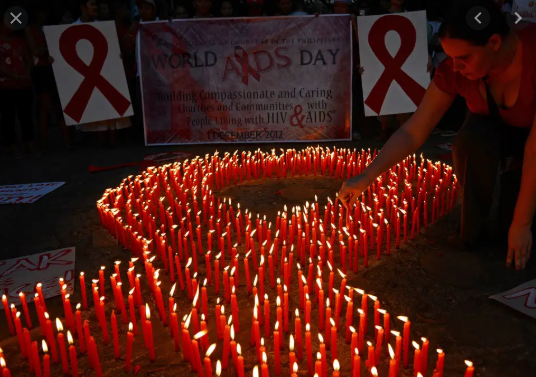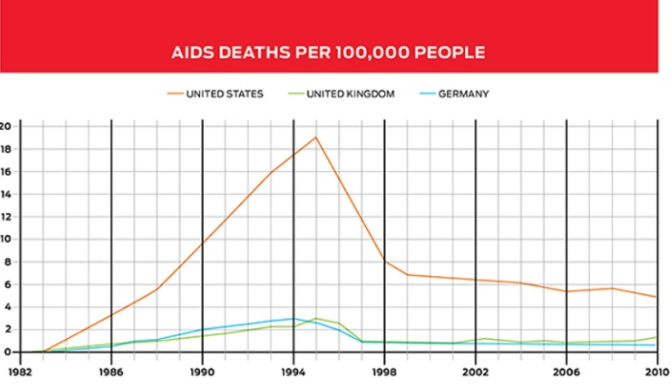Historical Context
What is HIV/AIDS?
HIV stands for human immunodeficiency virus. After severely deteriorating the immune system, HIV turns into acquired immunodeficiency syndrome (AIDS) which destroys white blood cells which help to fight infection. This then puts patients at risk for getting cancer and severe infections like pneumonia. This disease cannot be cured, however, it can be treated to help make it less severe. HIV is a sexually transmitted infection, but can also be spread through blood and breast milk.
The AIDS Epidemic
It is widely accepted that HIV originated in The Democratic Republic of Congo when chimpanzees transferred the virus to humans around 1920. AIDS came to the US in the 70's but rose steadily in the 80’s when many Americans died from the disease. AIDS deaths began to decline after HAART (a highly active antiretroviral therapy) was created in the mid 90’s, but unfortunately 15 years without an effective drug cost many lives. HIV continues to spread amongst the American population, and as of 2016, roughly 675,000 Americans have died of HIV/AIDS.
James Rush, World AIDS Day, 2014


Michael Hobbes, "The New Republic" 2014.
Society in the 80's
When AIDS became a major issue within the United States, many Americans were terrified to be exposed to it. Before people became educated on the condition, a majority of Americans thought that AIDS was as contagious as the flu, and wanted their children as far away from it as possible. Many people denounced and stigmatized HIV/AIDS because it was most common within the gay community. There was a constant fear of contracting AIDS within the American population throughout the 1980's.

Paul Berge, 1985.